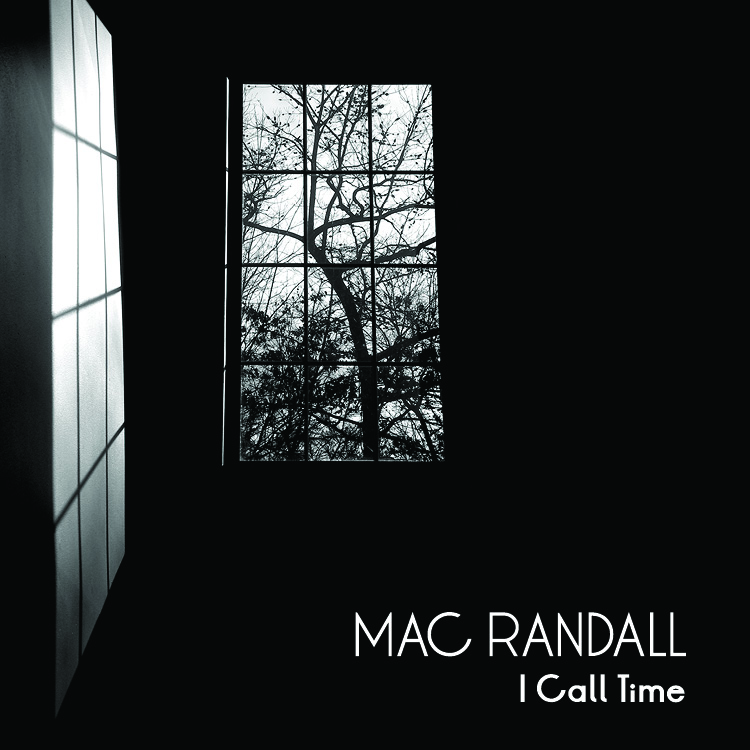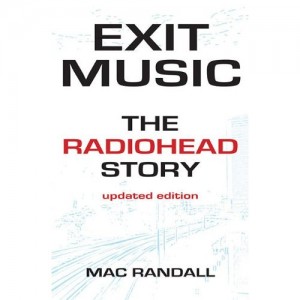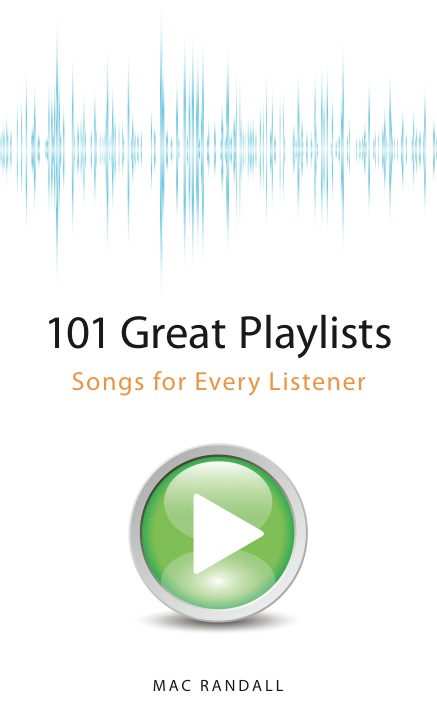When doing the right thing sounds bad
As Neil Young would surely tell you, complaining about the sound quality of compressed audio files is nothing new. Neither is complaining about the tiny royalty rates paid to people who create music by the companies who make that music available online. One partial answer to the latter gripe is to buy music outright rather than renting it from a streaming service. But what if music retailers were effectively penalizing you for doing this by giving you worse sound quality when you buy than when you rent (or steal)? Based on recent experience, I’d say the world’s biggest music retailer is doing just that.
I bought a new set of computer speakers last week—the Audioengine A2+, in case you’re curious; they’re nice—and thought I’d put them through their paces with a varied selection of tunes. One of the tracks I played was Walk the Moon’s “Shut Up and Dance,” which I’d purchased on iTunes a week or so earlier. (No judgments, please, I had professional reasons for getting it.) Listening to the song previously on headphones and on my laptop’s built-in speakers, I’d been struck by its poor audio quality. Whenever there was a kick drum hit, everything would distort, and the song’s four-on-the-floor beat meant that there were a lot of kick drum hits. Lows were undefined, mids murky, highs harsh. And the whole mix was weirdly dull, as if someone had covered my ears with a thin strip of cotton. Maybe, I thought, it might sound better through a decent pair of speakers.
Sadly, a decent pair of speakers only made its sonic awfulness more apparent. So I messed with the Equalizer settings in iTunes, bringing down the bass frequencies significantly. Once my tweaking was complete, “Shut Up and Dance” had gone from horrendous to just barely acceptable. And that’s when I asked myself, “I wonder what it would sound like if I streamed it on Apple Music.” Answer: just as bad.
Okay, how about Spotify? Well, that was a different story. The mix, though still a tad distorted at the absolute peaks, was noticeably sharper-sounding than what I’d purchased on iTunes. Intrigued, I decided to continue the experiment and do a YouTube search for “Shut Up and Dance.” That pulled up the song’s official video, which I then played.
Now “Shut Up and Dance” may have been a big hit this year, but it will never be an audiophile’s dream; the track was either mastered too hot or too heavily compressed (or both) to achieve maximum aural pleasure. Even so, comparing what I heard in the YouTube streaming video to what I heard in the audio file I’d downloaded from iTunes was a shock. On YouTube, all the peak distortion was gone. Instruments jumped out of the mix with clarity. And the “cotton effect” had disappeared. The song actually sounded pretty good.
So tell me: What sane people would choose to buy songs on iTunes if they knew much better-sounding versions existed for free on YouTube? Under these circumstances, doing the right thing by music creators seems very much like the wrong thing for music consumers.
Granted, we’re only talking about one track here, and my research methods were hardly scientific. But what I found certainly feels like another strike against downloading, which is showing signs of losing its consumer appeal. The iTunes Store could have offered its customers higher-fidelity audio options a long time ago. For whatever reason, it chose not to. Rumors still abound that it eventually will. But by that time, streaming—and its lowball approach to paying musicians and songwriters—may have already taken over the marketplace.






